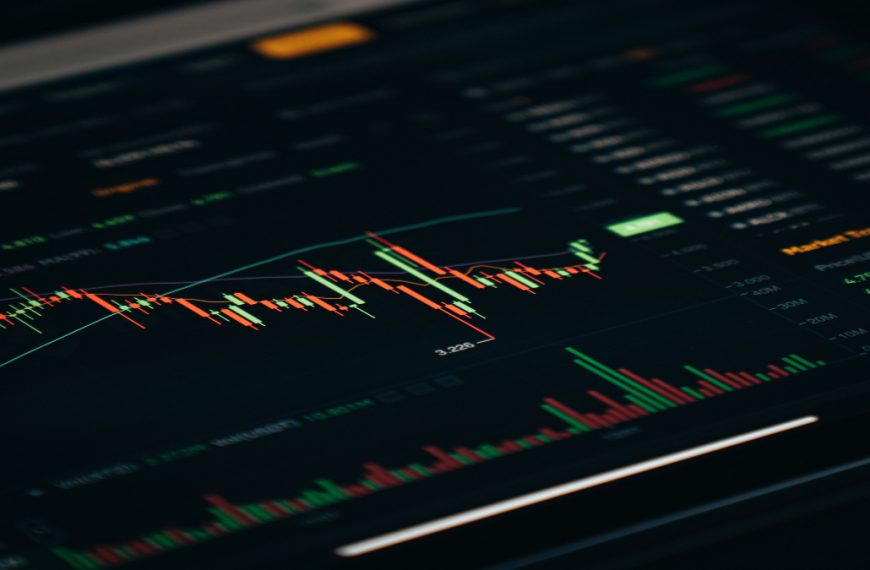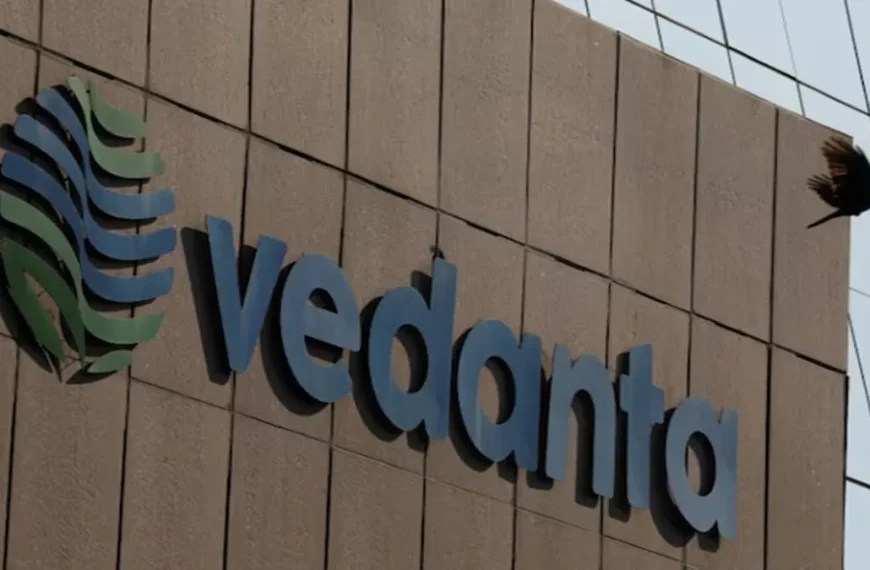Indian stock markets are bracing for a shaky opening as global concerns surrounding President Trump’s recently announced tariffs loom large. Preliminary indicators from GIFT Nifty suggest a significant decline of over 350 points, indicating a challenging start for both the Sensex and Nifty 50. In contrast, the previous trading session saw a positive close, with the Sensex climbing by 592 points (0.78%) to finish at 76,617, and the Nifty gaining 166 points (0.72%) to settle at 23,332.
Global Developments Impacting Markets
Trump’s Tariff: A New 10% Duty on Imports
Effective April 5, 2025, President Trump’s new tariff regime will impose a flat 10% duty on all imported goods entering the United States. This significant policy shift aims to diminish reliance on foreign products and promote local manufacturing. Key industries—including automobiles, electronics, and pharmaceuticals—are likely to face increased expenses, potentially disrupting global trade patterns.
Specific Targets of the Tariff
In addition to the universal tariff, President Trump is focusing on 60 countries with notable trade deficits. China bears the brunt of this policy with a 34% tariff increase, followed by India at 26%, Japan at 24%, and the European Union at 20%. These tariffs, set to take effect on April 9, 2025, are designed to pressure these nations to correct their trade imbalances with the US.
Market Reactions to Tariff Policies
Supply Chain Disruptions Ahead
The introduction of these tariffs may lead to substantial upheaval within global supply chains, particularly impacting sectors such as automobiles, IT, electronics, and pharmaceuticals. Companies that rely heavily on imports could either raise prices for consumers or relocate operations to the US in an effort to avoid these new duties.
Market Turmoil in Response
Financial markets have reacted swiftly to the tariff news, with futures for the Dow Jones dropping more than 1,000 points. The S&P 500 and Nasdaq experienced declines of 3.9% and 4.7%, respectively, highlighting the widespread concern among investors.
Asian Markets Under Pressure
Regional Stock Market Declines
Asian stock exchanges are experiencing significant declines as investors react to Trump’s tariff policy. The Nikkei 225 in Japan saw a notable drop, while futures for South Korea’s Kospi and Hong Kong’s Hang Seng pointed towards a weak opening. Key sectors, particularly automobiles and electronics, are facing increased pressure due to the anticipated rise in US import duties.
US Markets Show Mixed Results
US Stocks Close Higher Despite Turbulence
In a contrasting development, US markets managed to close positively despite ongoing volatility. The S&P 500 rose by 0.67%, reaching 5,670.97, while the tech-heavy Nasdaq Composite gained 0.87% to finish at 17,601.05. The Dow Jones Industrial Average also saw a rise, increasing by 235 points (0.56%) to close at 42,225.32.
Gold Prices Reach New Heights
Surge in Gold Amid Market Uncertainty
On Thursday, gold prices soared to unprecedented levels as investors flocked to safe-haven assets following the announcement of Trump’s tariffs. Spot gold increased by 0.4% to $3,145.93 per ounce, briefly surpassing a record $3,167.57 earlier in the day. In India, the price for 24-carat gold reached Rs 92,830 per 10 grams, while 22-carat gold was priced at Rs 85,090.
Currency Trends and Foreign Investment
US Dollar and Indian Rupee Performance
The US Dollar Index (DXY), which measures the dollar against a basket of six foreign currencies, stood at 103.10 on Thursday. In the Indian market, the rupee settled at 85.50 against the dollar on April 2.
Foreign Investment Activity
On April 2, foreign institutional investors offloaded Indian stocks worth Rs 1,539 crore. Conversely, domestic institutional investors (DIIs) showed resilience, purchasing shares worth approximately Rs 2,809 crore, as per provisional data.
Crude Oil Market Update
Decline in Oil Prices
On April 3, oil prices experienced a downturn, with WTI crude falling 2.68% to $69.79 per barrel, while Brent crude decreased by 2.53% to $73.05 per barrel.
As the market navigates these challenging times, investors will need to stay informed on both domestic and international developments that could impact their portfolios.











